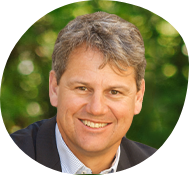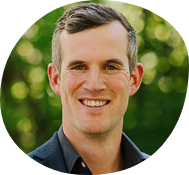OUR PROJECTS NZ DRIVER LICENSING IMPROVEMENT PROGRAMME
CLIENT: New Zealand Transport Agency Waka Kotahi
DATE: 2022 - 2024
STATUS: DLIP has set a new standard for cross-agency collaboration and helped thousands of people to get their licence.
THE PROBLEM
More than one million people over 16 years who live in Aotearoa New Zealand currently do not have a full driver licence and nearly half of them have no licence at all. Disadvantaged and vulnerable communities, including Māori and those in rural areas, are disproportionately represented in these numbers, as well as in road crash deaths, serious injuries and licence infringements.
A driver licence is more than just a permit to drive a vehicle. It allows access to a range of social and economic benefits. Those lacking a licence may find it harder to find a job, access education and training, and participate in other aspects of society. Driving without a licence puts drivers and others at higher risk of death or serious injury and can incur driving infringements which can lead to more serious interactions with the justice system. A licence connects people to their communities, supports participation in society, and gives people a sense of mana and independence. It is also estimated that over 70% of jobs and up to 85% of entry-level jobs require a driver licence.
The Driver Licensing Improvement Programme (DLIP) was set up in mid-2022 to reduce the barriers to getting a licence, making it more accessible and equitable for people across Aotearoa New Zealand, no matter where they live.
The focus for DLIP is on the groups who face significant barriers to getting a driver licence. These include:
- Māori
- Pasifika
- people with disabilities
- new migrants
- refugees
- prisoners
- those who live rurally or remotely.




WHAT DID WE DO?
Rationale worked with the New Zealand Transport Agency (NZTA) to strategically address the problem of inequitable access to driver licences and supported the investigation of how a programme of work could be developed that helped to make impactful change. A key part of this process was leveraging cross-agency collaboration, which included:
- Ministry of Social Development (MSD)
- Te Manatū Waka |Ministry of Transport (MoT)
- Accident Compensation Corporation (ACC)
- New Zealand Police
- Te Puni Kōkiri (TPK)
Rationale worked closely with NZTA, agency partners and stakeholders to understand the barriers and challenges being faced and the benefits that could be expected if these problems were addressed. Through facilitated Investment Logic Mapping workshops the following problems and investment objectives were identified, which set the foundation for the programme of work.
Problems:
- Failure to meet the diverse needs of our communities reduces participation in the driver licensing system, resulting in poor safety, economic, and social outcomes.
- A lack of consistent and accessible services, coupled with insufficient capacity to test, inhibits entry and re-entry into the driver licensing system.
- Not valuing having a driver licence, alongside a focus on testing and compliance, and a lack of driver safety education, is putting drivers and other road users at risk of death or serious injury (DSI).
- Disadvantaged communities have a higher proportion of unlicensed drivers, contributing to social isolation and poor living standards, particularly in more remote
Investment objectives:
- To increase participation in the driver licensing system by addressing the barriers facing disadvantaged communities.
- To improve access to driver licensing by enhancing knowledge of how to get a driver licence and increasing the current levels of service delivery.
- To improve road safety by ensuring there are more skilled and fully licensed drivers on the road.
- To improve wellbeing, living standards, social inclusion, and economic participation by increasing the number of fully licensed drivers.
This involved bringing together a number of workstreams and initiatives, packaging them into cohesive options and then evaluating options against a range of key metrics to identify a preferred way forward.
As the programme progressed, Rationale led the development of a Programme Business Case and a Detailed Business Case. As part of the support for NZTA, Rationale helped set up and initially co-chaired a multi-agency working group, which ensured all agencies were across the work being done and could align activities. Our team worked closely with NZTA to develop an innovative approach to identifying and then mapping the expected benefits of the programme. This was done using both a top-down and bottom-up approach, which showed a significant benefit-cost ratio for the programme of work and was well-received by agency partners and NZ Treasury.
WHAT WAS THE RESULT?
DLIP set up a long-term programme of work that will see a range of improvements to driver licences over the coming years.
A number of immediate interventions were identified as part of the programme and these have already been actioned across the country, with fantastic results. These included:
More driver testing officers - A new type of driver testing officer, called a community driver testing officer (CDTO), has been introduced to support community driver training and mentoring programmes.
By the end of February 2024, there were over 3400 test passes through community testing officers. That’s more than 3400 people who previously had difficulty accessing the driver licensing system who now have a driver licence. 67% of these people live in a rural or remote location.
More driver test routes - To improve access to testing, new testing routes have been added across Aotearoa, mainly in smaller and more remote centres.
In the second half of 2022, new test routes were set up in Matamata, Upper Hutt, Kaikohe, Dargaville, Wairoa and Waipukurau, and in September 2023 a test route was opened in Ōpōtiki. More test routes are being added as individual community needs are determined.
More mobile theory testing - Working with the Automobile Association, mobile theory testing has been trialled through a community provider to see if it’s an effective way to reach people who’ve had difficulty accessing learner licence testing.
Better regional support - New regional advisors to strengthen and develop community driver training and mentoring programmes have been introduced in communities around Aotearoa. This helps the regions and communities by giving better access and support to learner drivers.
Community trials in Tairāwhiti (Gisborne), the Far North and Ōpōtiki – In partnership with Far North REAP (Rural Education Activities Programme),Tairāwhiti REAP and Eastbay REAP new ways of making access to driver testing for restricted and full licences faster and easier have been successfully trialled and implemented.
DLIP has set a new standard for cross-agency collaboration, seeing relationships built between agencies that have been enduring outside of the programme. The development of the cross-agency collaboration alongside an evidence-based business case has led to a high level of support from decision makers.
LEARN MORE
Improving the driver licensing system - nzta.govt.nz/driver-licences/improving-the-driver-licensing-system/
Improvements to the driver licensing system change lives - nzta.govt.nz/driver-licences/improving-the-driver-licensing-system/driver-licensing-stories/
OUR PEOPLE ON THIS PROJECT

OUR PROJECTS WHAT WE DO

TEVIOT SPATIAL PLAN
The Teviot Valley is a spectacular place that is characterised by the Clutha River / Mata-au which flows through the…

WORKING TO REDUCE WATER LOSS
As New Zealand grapples with aging water infrastructure and increasing demand, Rationale has been a key partner in helping Wellington…

MACKENZIE DISTRICT PLAN REVIEW
Mackenzie District Council (MDC) has successfully reviewed all chapters of its District Plan.

NZ DRIVER LICENSING IMPROVEMENT PROGRAMME
THE PROBLEM
More than one million people over 16 years who live in Aotearoa New Zealand currently do not have a…

CONSISTENT CONDITION DATA COLLECTION
The Te Ringa Maimoa Consistent Condition Data Collection (CCDC) project is a game changer for local road asset management in…
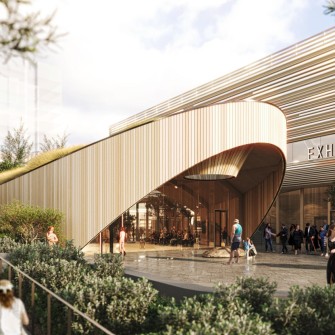
TE MANAWATAKI O TE PAPA
Tauranga’s city centre was failing to deliver the social, cultural, economic and environmental benefits expected of the fifth largest city…

SUPPORT THROUGH THREE WATERS UNCERTAINTY
Understanding how to fund the required investment in three waters is a significant challenge many local authorities are grappling with.
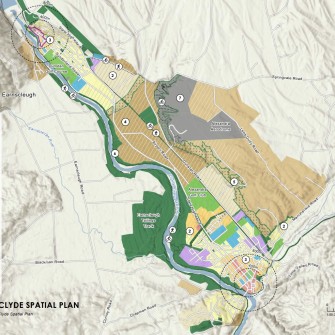
VINCENT SPATIAL PLAN
The Vincent area in Central Otago has an extraordinary and distinctive character.
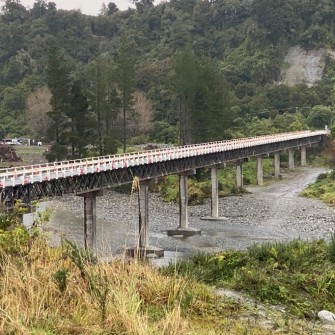
WEST COAST COMBINED TRANSPORT PLANNING
Since 2017, Rationale has been working with the three Council’s on New Zealand’s West Coast (Te Tai o Poutini) as…

MACKENZIE SPATIAL PLANS
The Mackenzie District has been significantly impacted by unprecedented and sustained levels of growth over the past ten years.

THREE WATERS REFORM PLANNING BUSINESS CASE
Councils around the country are facing significant change and uncertainty in the three waters space, with significant government reform underway.

QUEENSTOWN TOWN CENTRE MASTERPLAN
The Queenstown Masterplan came about when a long period of under-investment in the town’s infrastructure inevitably collided with an ongoing…

KOPU MARINE PRECINCT BUSINESS CASE
The Thames Coromandel District is well known throughout New Zealand for its warm climate, beautiful beaches and bush-clad hills.
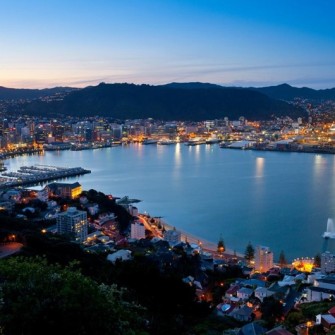
CORPORATE SERVICES FEASIBILITY STUDY
The Social Wellbeing Agency (SWA) is a central government organisation that supports social sector decision-makers, providing cross-social sector advice on…

